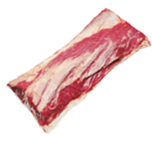Australia is one of the world’s largest lamb exporters, with lamb products exported to more than 100 countries. The Australian livestock and meat industry strives to provide quality, nutritious lamb to consumers. We focus on meeting the high requirements of different consumers in the international market for food safety traceability system and product integration. The quality of Australian lamb products speaks for itself.
Throughout the development of the Australian lamb industry, producers, processing plants and government departments have worked together to respond to the rapid changes in the Australian domestic and international markets. Constantly diversifying the sheep; Adopt sustainable animal husbandry practices, meat quality rating; The strengthening of standards and safety systems ensures the integrity of food safety, product integration and traceability systems throughout the supply chain.
Lamb is becoming more and more popular all over the world. Australian lamb stands out for its quality and taste. There is a growing demand for a wide range of flavours and varieties. Lamb parts in Australia are diverse, farmed and processed to the strictest standards and meet the needs of a diverse population.
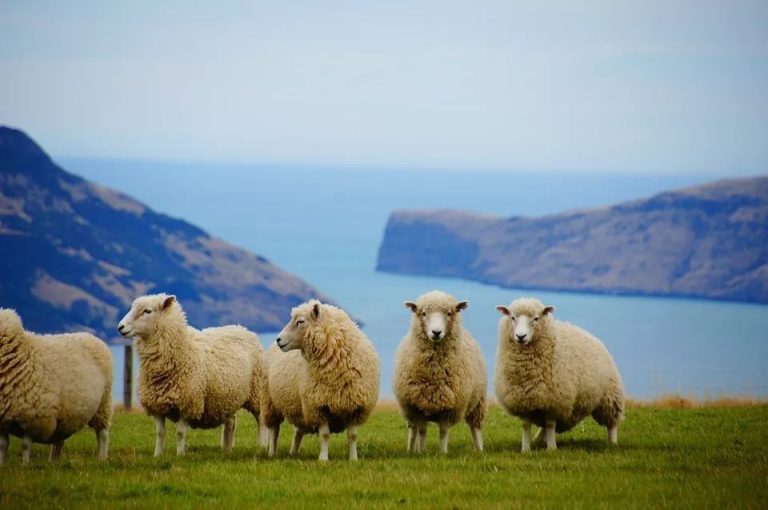
Products
Australia’s sheep population is close to 75 million and are divided into two main groups, wool and lamb. The meat sheep are mainly Border Leicester, Suffolk Taussett, Tuxel and Dubber, usually crossed with Merino sheep. The above breed of sheep is mainly distributed in southern Australia.
Grassfed
Most of Australia’s sheep graze on natural pastures. Seasonal and geographic differences affect the style and quality of grass-fed lamb. Australian grass-fed lamb is seen as an important part of a healthy diet as consumers around the world increasingly demand natural, healthy food. Australian grass-fed lamb raised on natural pasture is low in fat and cholesterol.
Grainfed
More than 90% of Australian lamb is grass-fed.Most of the rest are replenished with grain on the farm, and the sheep are fed energy-dense grain for a certain number of days to maintain nutritional balance.
OVINE – BASIC CATEGORIES (SHEEPMEAT)
Lamb
Mutton
Hogget
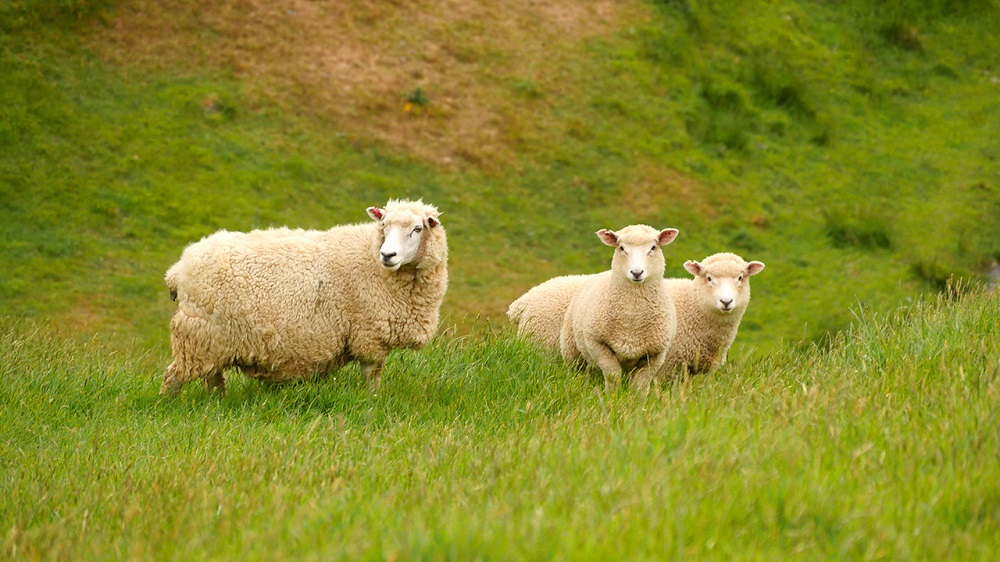
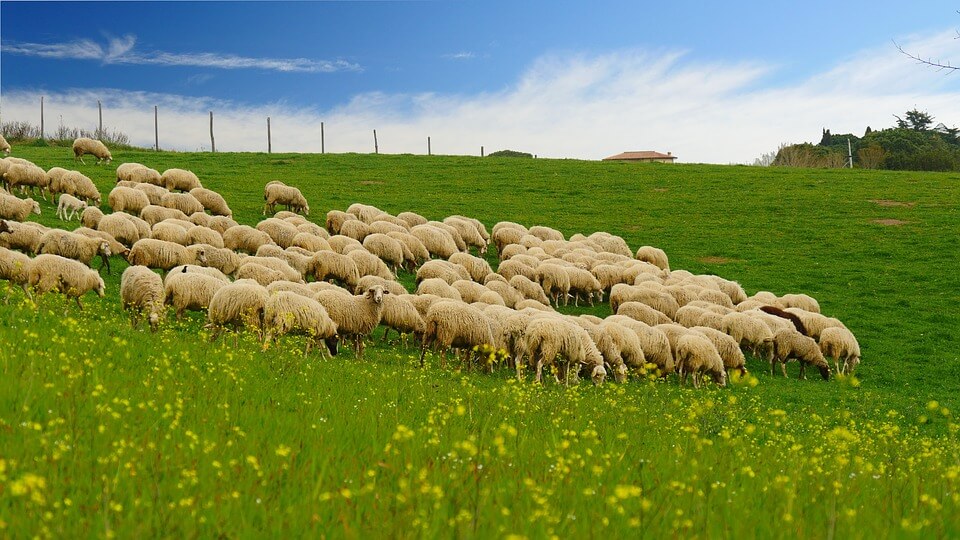
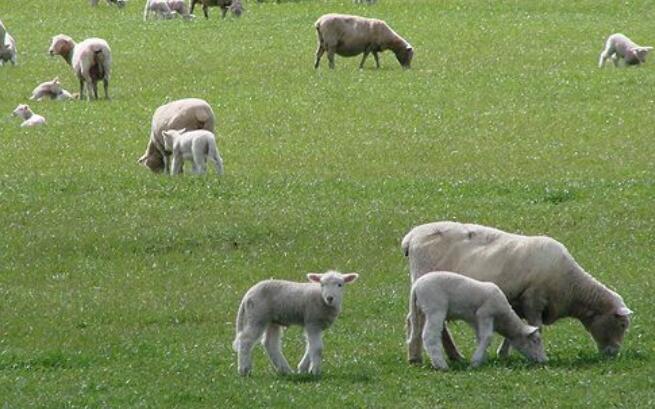
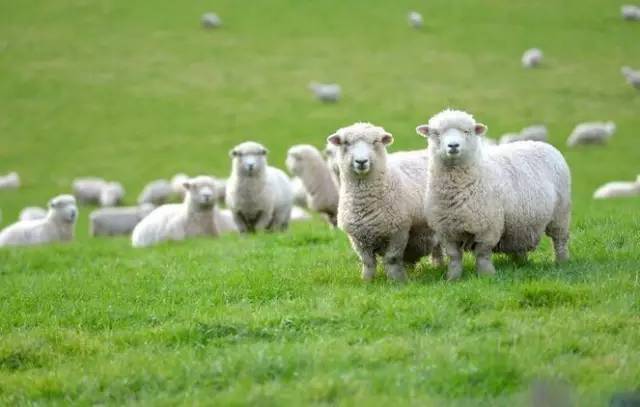
OVINE – CATEGORIES
OVINE – BASIC CATEGORIES (SHEEPMEAT) | OVINE – ALTERNATIVE CATEGORIES (SHEEPMEAT)
OVINE – BASIC CATEGORIES (SHEEPMEAT)
LAMB – female, castrate or entire male ( * L *)
12 months (approx.);
Has no permanent incisor teeth.;
MUTTON – femal or castrate male( * M *)
Over 10 months;
Has at least one (1) permanent incisor tooth.;In male has no evidence of Secondary Sexual Characteristics (SSC).;
RAM – Entire or castrate male that shows Secondary Sexual Characteristics (SSC).( * R*)
Over 10 months;
Has at least one (1) permanent incisor tooth.;
OVINE – ALTERNATIVE CATEGORIES (SHEEPMEAT)
Carcase derived from female or castrate male ovine that:( * YL *)
Up to 5 months only;
Has no permanent incisor teeth (in addition).;Has no eruption of permanent upper molar teeth.;
Carcase derived from female or castrate male ovine that:( * H *)
10 to 18 months;
Has 1 but no more than 2 permanent incisor teeth.;In male has no evidence of Secondary Sexual Characteristics (SSC).;
Carcase derived from female ovine that:( * E *)
Over 10 months;
Has 1 or more permanent incisor teeth.;
Carcase derived from castrate male ovine that( * W *)
Over 10 months;
Has 1 or more permanent incisor teeth.;Has no evidence of Secondary Sexual Characteristics (SSC).;
Packaging of Red Meat
Correct packaging of red meat is crucial to the overall quality and shelf life of the product, which in turn affects the return to the customer/importer. The polythene covering (sheet or bag) must be of a size to adequately secure the meat content for exposure to outer contamination or freezer damage
The methods of packaging and symbols are outlined
Individually Wrapped (IW)
Indicates that the meat cut has been individually wrapped in an approved material, such as a sheet, stock netting or bag. These are most commonly used on larger primal cuts. Individually Wrapped uses the cipher ‘IW’.

Layer Packed (LP)
Indicates the product is packed into a carton containing two or more layers of meat with each layer separated by an approved material. Layer packed meat is most commonly used to layer small cut items (e.g. Flank Steaks or Backstraps). Layer Packed uses the cipher ‘LP’.
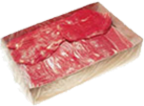
Multi Wrapped (MW)
Multi Wrapped indicates the meat has been packed in a single bag or covering and contains two or more cut items. This method is most commonly used for a small and medium sized primal cut items (e.g. Chuck Tenders – Lamb Racks). Multi Wrapped uses the cipher ‘MW’.

Tray Packed (TP)
Tray Packed meat is when the meat is packed into an open container or tray, and covered with a film. This is mainly used in smaller primal cuts or portioned meat. Tray Packed uses the cipher ‘TP’.

Modified Atmosphere Packed (MAP)
Modified Atmosphere Packed indicates the packs (Primal cuts or retail ready tray) are wrapped and are flushed with a mixture of gases to remove the oxygen. The packs are impermeable to gases and retain the modified gas atmosphere around the meat to preserve the meat quality and shelf life by restricting the amount of bacteria growth. Modified Atmosphere Packed uese the cipher “MAP”.

Vacuum Packed (VAC)
Vacuum Packed involves the removal of air and oxygen from the packaging. This creates a vacuum and assists in the preservation of meat and improvement in meat quality due to the lack of oxygen around the meat that promotes bacterial growth. Vacuum packing is adapted to all methods of packing, including:
• Individually Wrapped – Vacuum Packed(IW/VAC)
• Layer Packed – Vacuum Packed(LP/VAC)
• Multi Wrapped – Vacuum Packed(MW/VAC)
• Tray Packed – Vacuum Packed(TP/VAC)
